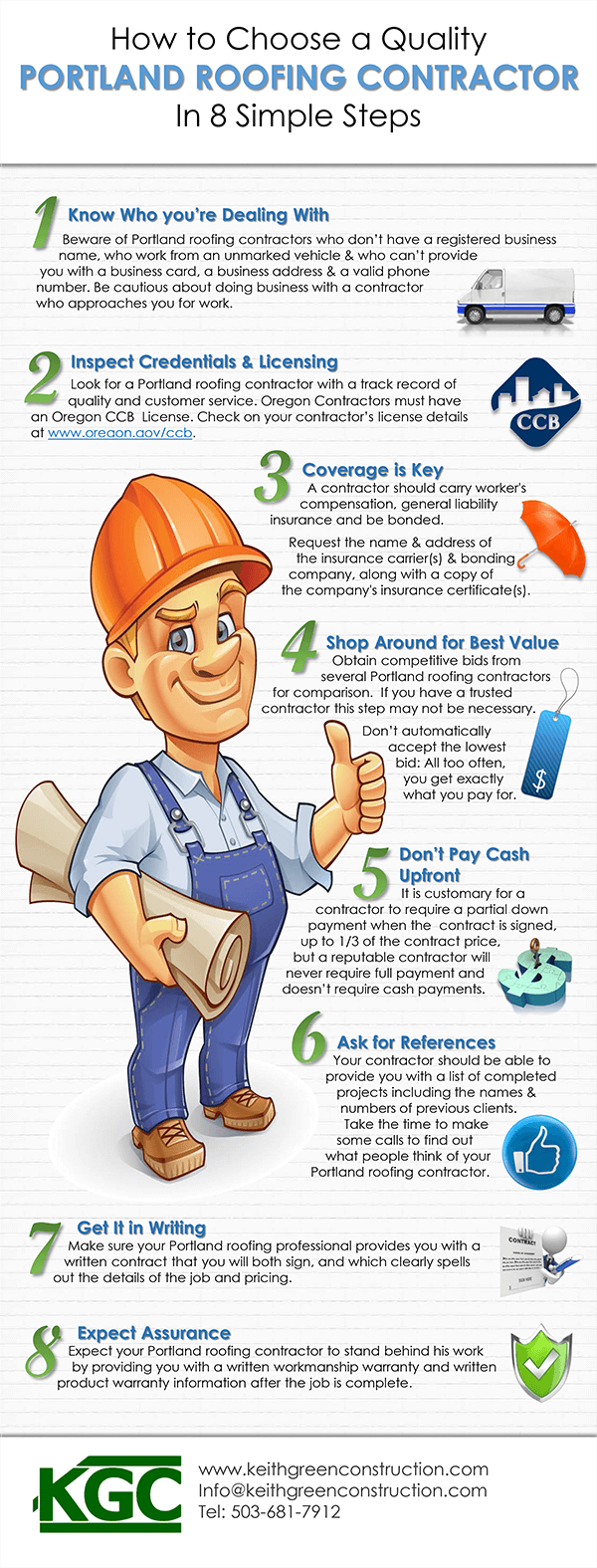Mull Over The Costs And Benefits Of Solar Installation To Uncover The Potential Financial Gains Waiting For Those Considering This Renewable Energy Investment
Mull Over The Costs And Benefits Of Solar Installation To Uncover The Potential Financial Gains Waiting For Those Considering This Renewable Energy Investment
Blog Article
Post By-Martinussen Larsen
When considering the costs of solar installation, you might wonder about the upfront financial investment required and whether it lines up with the possible long-lasting benefits. Recognizing the intricacies of these expenditures and the numerous elements influencing the overall return can shed light on the value recommendation of transitioning to solar power. By reviewing both the first arrangement expenses and the predicted financial savings with time, you can gain understanding right into whether the investment in solar installment holds promise for your economic future.
First Arrangement Costs
When thinking about the costs of solar installation, the first setup expenses play an essential duty in your decision-making process. These ahead of time costs consist of the cost of solar panels, inverters, placing tools, and installation labor.
The rate of photovoltaic panels can vary depending upon the brand name, effectiveness, and size you pick. Inverters are crucial for transforming the sunlight's power right into usable electrical power and can be found in different types such as string inverters, microinverters, and power optimizers, each with its own expense implications.
Installing equipment, such as shelfs and rails, is needed to securely mount photovoltaic panels on your roofing or property.
The setup labor price covers the specialist setup of the planetary system, making sure that every little thing is set up properly and effectively. Remember that while these preliminary arrangement expenditures may appear high, there are commonly refunds, tax obligation rewards, and funding choices available to assist balance out the expenses and make solar installment more cost effective in the long run.
Long-Term Financial Savings Analysis
To recognize the monetary benefits of solar setup over time, it's crucial to conduct a comprehensive long-term cost savings analysis. While the preliminary setup expenditures of photovoltaic panels may seem difficult, the lasting savings can outweigh these prices substantially. By using solar energy systems homes of the sunlight to generate electrical power for your home, you can possibly conserve hundreds of dollars on your utility bills over the life-span of your solar system.
Among the key aspects to consider in a long-lasting financial savings evaluation is the reduction in your electrical power costs. With photovoltaic panels, you can produce your electrical power, lowering or even eliminating your dependence on the grid. This can cause significant financial savings, especially as utility prices continue to climb.
Furthermore, numerous governments use incentives such as tax credit histories and rebates for mounting solar panels, even more improving your long-lasting savings. By making the most of these rewards and maximizing your solar energy manufacturing, you can enjoy substantial financial benefits for many years to come.
Roi Estimation
Thinking about the monetary benefits of solar installation, it's time to assess the Roi (ROI) calculation. Identifying the ROI involves contrasting the complete prices of mounting a planetary system with the financial benefits it produces over its lifespan.
To determine ROI, separate the net make money from the system by the total investment expense and multiply by 100 to get a portion. The ROI formula is: (Internet Profit/ Total Amount Investment Cost) x 100.
As an example, if the total cost of setting up a solar system is $20,000, and over its lifespan, it creates cost savings and profits completing $30,000, the internet revenue would be $10,000. Separating this by the overall financial investment cost of $20,000 offers a proportion of 0.5. Increasing this by 100 gives an ROI of 50%.
Normally, a higher ROI shows a more economically satisfying financial investment. Factors like federal government rewards, upkeep costs, and power cost variations can influence the ROI of solar installments. Understanding https://reneweconomy.com.au/woolly-lawnmowers-the-huge-solar-farm-that-hosts-2000-sheep/ helps in examining whether investing in solar power is worth it in the future.
Final thought
Finally, comprehending the expenses of solar setup is essential for determining if it is worth the financial investment. By considering https://400-w-solar-panel21986.loginblogin.com/36560581/discover-exactly-how-solar-setups-are-transforming-our-strategy-to-sustainability-and-changing-the-environmental-landscape-for-a-brighter-future , conducting a long-lasting cost savings analysis, and calculating the return on investment, you can make an educated choice about the economic worth of solar energy. With the possibility for reduced energy bills and raised energy independence, investing in solar installation can be a smart option for both your purse and the environment.
